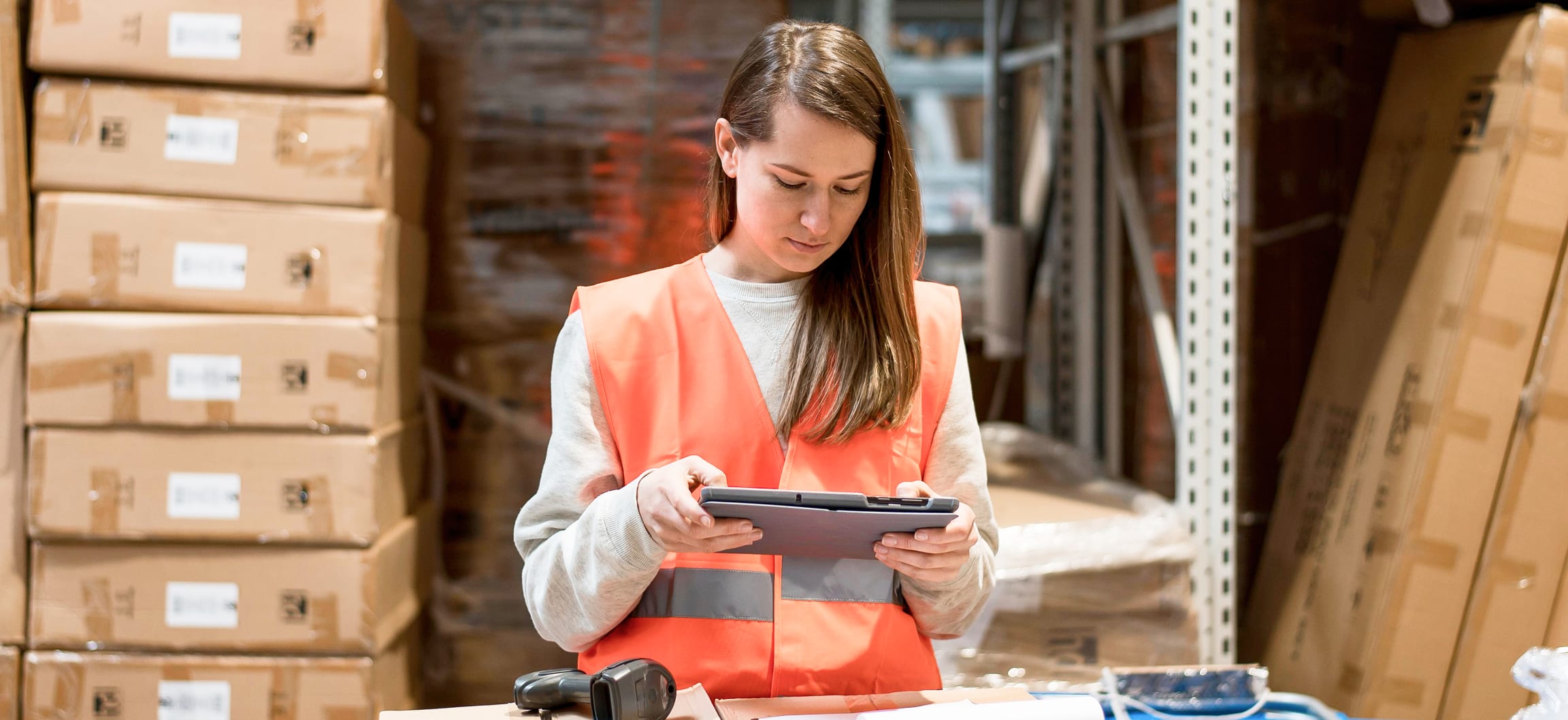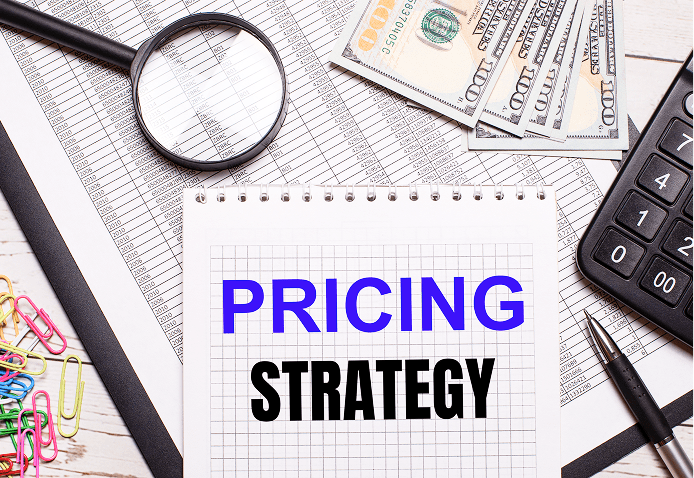
- Industries
Contact sales
Our software caters to all the verticles of equipment rental businesses. Have other plans? Share yours.
 Chat with us
Chat with us - Marketing Strategy
- SEO Guide
- Blog
Contact sales
Our software caters to all the verticles of equipment rental businesses. Have other plans? Share yours.
 Chat with us
Chat with usGuide for conducting product checks for a rental business
Inside the article
Request a product demo
Get a demo and clarify your doubts about our software.
Imagine renting a piece of heavy construction equipment, only to have it break down halfway through the project.
Or think of a hospital leasing medical equipment from you that malfunctions during a patient’s treatment. That’s a horror story!
These scenarios are nightmares for both the customer and the rental company. That’s why product checks are crucial.
After starting your rental business, ensure that every item is in top-notch condition before it goes out (and when it returns).
It is as important as the rental itself.
Let’s talk about why checking your products matters so much and how to do it right.
Benefits of product check for equipment rental business
Regular product checks might sound time-consuming, but they pay off massively.
Let’s see the benefits of routine equipment checks and maintenance.
Safety first
The first priority is to keep everyone safe.
Improperly maintained equipment could lead to injuries or accidents.
For example, discovering a weak brake on a rental forklift during a check could prevent a serious accident later.
They also protect your own employees who handle and transport the equipment.
Also, consider insurance for your equipment rental business, to protect your assets and customers.
Customer satisfaction
Every rental business thrives on happy customers.
And well-maintained equipment leads to satisfied customers.
Think about it: when a client rents from you, they expect the equipment to work flawlessly for the job.
If it does, their project or event goes smoothly, and they’ll remember that.
If it doesn’t, it can ruin their plans and your relationship.
Cost savings and fewer surprises
At the start, you might feel like, “I am spending extra time and money to do maintenance.” But in the long run, it saves a lot of money.
Remember—catching a small problem early is usually much cheaper to fix a major failure.
Studies show it can reduce costs by about 12–18% compared to just fixing things when they break.
Saves your business reputation
Building trust and reputation for your business is all you want, right?
By offering quality rental products is one such way to build this.
That’s how you differentiate from your competitors.
Think about the kinds of reviews you’d like to see: “Equipment was like new and worked perfectly”.
On the flip side, if you skip inspections and a client gets a faulty piece of equipment, you risk bad reviews.
A step-by-step guide to conducting a product check
Prepare and gather information
Before you start inspecting, gather all the info about the piece of equipment.
This includes its maintenance history, any past issues, and the manufacturer’s guidelines.
By knowing the last service date or recurring problems, you can better focus on your inspection.
Also, ensure you have any tools or supplies you might need on hand (like a flashlight, basic tools, cleaning supplies, new filters, etc,).
Visual external inspection
Begin with a thorough visual sweep of the equipment’s exterior.
You can walk around the item and note any dents, cracks, rust, or broken pieces.
Pro tip: Clean the equipment (even just wipe it down) at this stage if it’s too dirty to inspect.
A clean piece of equipment is easier to examine.
Operational & functional test
Now it’s time to see if the equipment actually works as it should.
If it’s a machine with an engine, start it up, and listen for any unusual sounds. Observe whether it runs smoothly or not.
For vehicles or moving machinery, do a short test drive or operate the movements.
For power tools or electronics, plug them in or power them on to ensure they start properly.
Clean and sanitize
After confirming it’s working condition, or as part of wrapping up the check, give the equipment a good cleaning.
Cleaning is both for presentation and maintenance.
Wipe down surfaces, and remove dust or mud.
If it’s medical or food-related equipment, sanitize it according to proper procedures.
Perform maintenance or repairs if required
If your inspection uncovered any issues, even minor ones, address the issue promptly.
This could range from basic maintenance to actual repairs.
For more complex issues, you might need the support of a qualified technician.
Document the inspection
This step is often overlooked, but you have to be careful here.
Always record what you did in a maintenance log or digital system.
Note the date, what was checked, and any maintenance issues fixed. If everything was okay, record that too.
To document the result, you can use equipment rental software to update the record.
Of course, there are other pros of using equipment rental software than just maintaining for checks.
If you’re old-school, maintain a binder or spreadsheet for each item.
Tag and arrange equipment for the next rental
After passing all checks and fixing issues, clearly indicate the equipment’s status—whether it is ready for the next customer or not.
You can also take inspiration from many rental businesses that use tagging or color-coded systems.
For instance, you can attach a tag or sticker that says “Inspected – Ready to Rent” with the date.
If the item did not pass inspection and needs repair, label it as “Do Not Rent” so everyone on your team knows it’s off-limits until fixed.
This prevents mistakes where a faulty item accidentally goes back on the shelf.
While probing about the product check, make sure you follow all the tips to manage the rental inventory.
Get started with the product checks
Offering a wide range of equipment isn’t itself enough for success. It’s about how reliable your rental products are.
Only regular product checks a solid maintenance can keep your reliability high.
We have talked about how crucial product checks are for safety, customer satisfaction, cost savings, and upholding your business’s reputation.
Skipping inspections might save a little time now, but sets huge setbacks for your business.
Let’s start implementing the product checks and elevate your customer satisfaction.
Request a product demo
Get a demo and clarify your doubts about our software.





